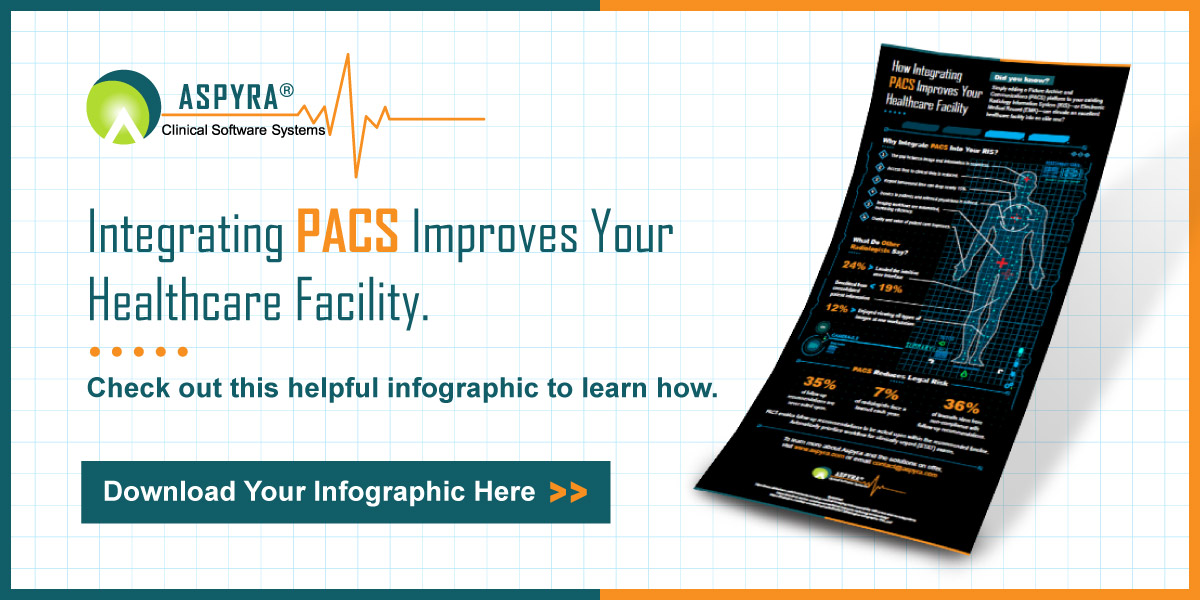Will AI Replace Radiologists? The Answer is No—Here’s Why

Artificial intelligence (AI) has made remarkable advancements in various industries, and radiology is no exception. AI-powered algorithms have shown tremendous potential in analyzing medical images, leading to faster and more accurate diagnoses. However, amid the excitement surrounding AI and its capabilities, the question has arisen: will AI replace radiologists?
Will AI Replace Radiologists?
Will AI Replace Radiologists—no. Some people may believe that AI could replace radiologists due to the advancements in AI technology and its ability to perform image analysis. AI algorithms have shown the potential to accurately interpret medical images and assist in diagnosing certain conditions. These factors may lead some to believe that AI has the capability to replace radiologists in the future. However, it is important to consider the limitations of AI.
Experience Can Never Be Replaced
Experienced radiologists bring a wealth of knowledge and expertise acquired through encountering a wide range of complex cases throughout their careers. Their ability to accurately analyze and interpret imaging tests in challenging scenarios, where AI algorithms may struggle, is a testament to their proficiency. Beyond AI’s capabilities, experienced radiologists make informed decisions and offer valuable insights that can only be gained through years of practical experience. Moreover, the presence of entry-level radiologists is crucial as they contribute fresh perspectives and a willingness to learn, eventually becoming the experienced radiologists of the future.
The Role of Radiologists Goes Beyond Technical Skills
Radiologists possess not only technical expertise but also the ability to communicate with patients and collaborate with other healthcare professionals. The role extends beyond analyzing medical images, as they also play a crucial part in ensuring all stakeholders have a comprehensive understanding of diagnoses, treatment options, and outcomes. AI may excel at image analysis, but it cannot replace the human touch and connection radiologists provide.
The Importance of Ethics and Human Judgment
Radiologists face complex decision-making scenarios with far-reaching consequences. They consider patient preferences, ethical considerations, and conflicting clinical data. Unlike AI systems, radiologists possess consciousness and morality, making them uniquely qualified to make the right calls when it comes to difficult choices. AI lacks the ability to understand personal struggles and the nuances of patient care.

Unlike AI systems, radiologists possess consciousness and morality, making them qualified to make the right calls when necessary.
The Value of Human Intuition and Creativity
Radiologists’ ability to think critically and creatively is invaluable in certain diagnoses that may not be immediately apparent in imaging tests. This combination of data analysis and an in-depth understanding of anatomy and physiology allows radiologists to detect subtle patterns and clues that AI may overlook. AI technology may process vast amounts of data, but it cannot replicate humanity’s intuition and creativity.
The Need for Human Verification and Validation
While AI systems have shown impressive accuracy in the analysis and interpretation of medical images, blind trust can lead to errors and missed diagnoses. Radiologists serve as the final line of defense: verifying and validating AI-generated diagnoses. Human expertise is essential for identifying potential mistakes, biases, or any contextual information AI may not consider. A radiologist’s involvement ensures that patients receive the highest quality of care.
The Value of Longitudinal Tracking and Contextual Insight
Radiologists possess the ability to evaluate imaging results over time, comparing them with previous scans to identify subtle changes and track the progression of a condition. This longitudinal tracking is critical in personalized patient care. Contrast this with AI systems, which lack historical patient data and the ability to assess change over time; they cannot replace the expertise of radiologists in this regard.
The Collaborative Future of AI and Radiologists
Will AI Replace Radiologists—well no it will not. While AI technology has undoubtedly made impressive advancements in the field of radiology, it will not replace radiologists. Relying solely on AI technology introduces risks and limitations that could compromise the accuracy of diagnoses, personalized patient care, and the ethical considerations that are essential in healthcare. The expertise and skills of human radiologists play a critical role in providing holistic care and interpretations that complement the capabilities of AI systems, reinforcing the indispensable role of radiologists in healthcare.

